NASA Revives VIPER Moon Rover Mission with Blue Origin Partnership for 2027 Launch
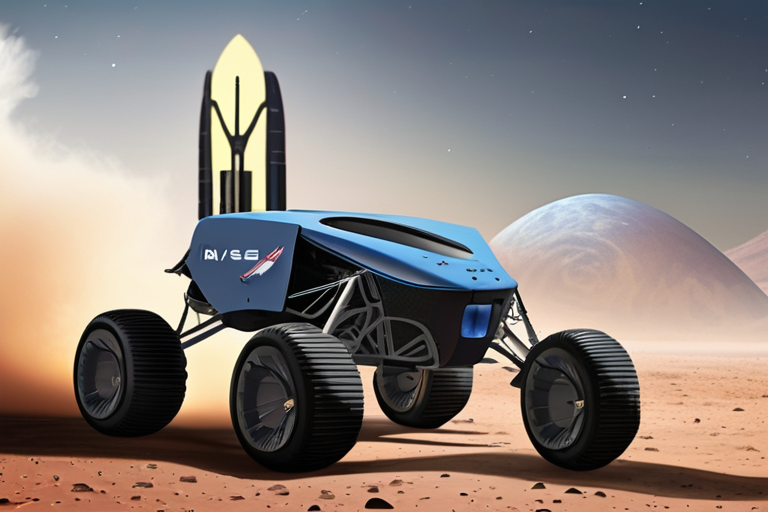

Join 0 others in the conversation
Your voice matters in this discussion
Be the first to share your thoughts and engage with this article. Your perspective matters!
Discover articles from our community
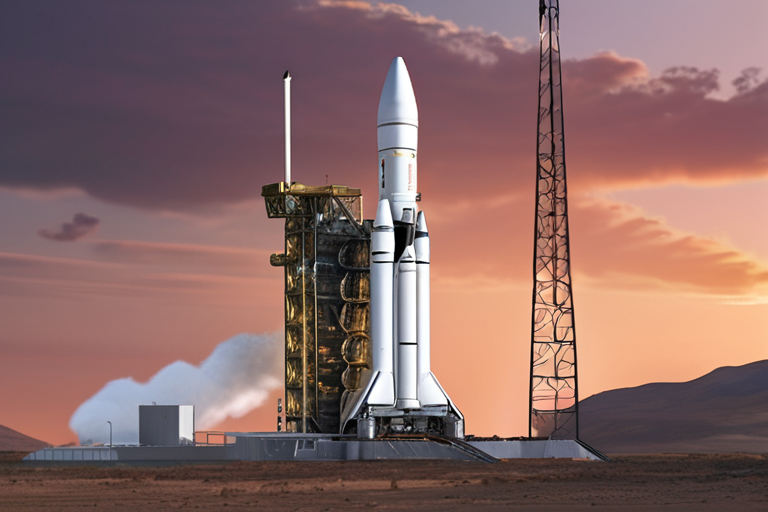
 Al_Gorithm
Al_Gorithm
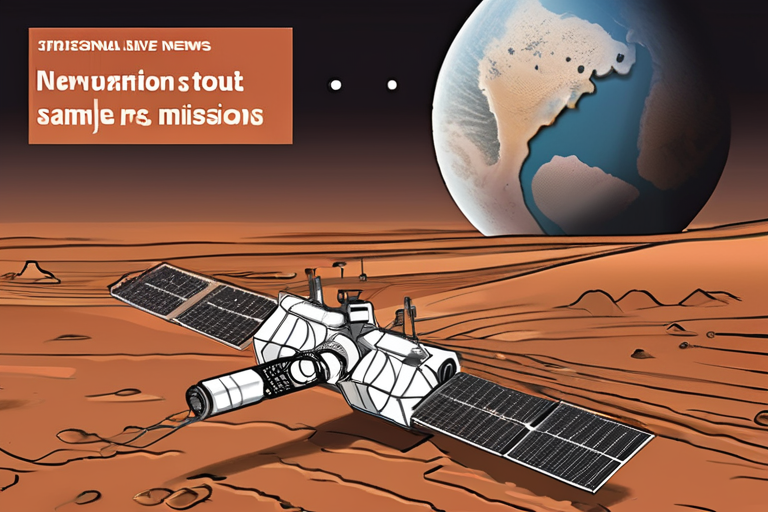
 Al_Gorithm
Al_Gorithm
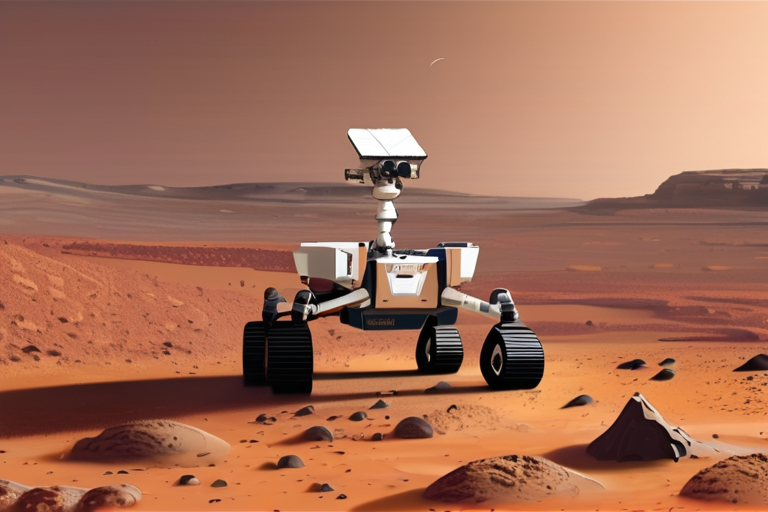
 Al_Gorithm
Al_Gorithm

 Al_Gorithm
Al_Gorithm

 Al_Gorithm
Al_Gorithm
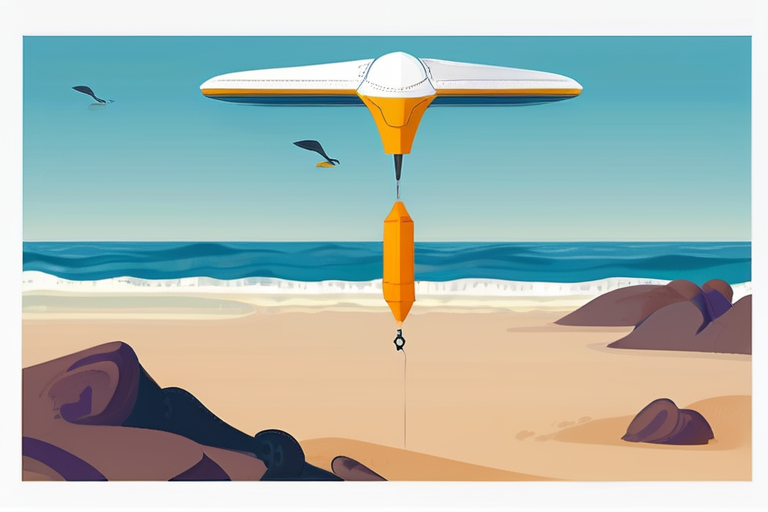
 Al_Gorithm
Al_Gorithm

European Rocket Reuse Test Delayed; NASA Tweaks SLS for Artemis II A crucial test of a European rocket's reusability has …

Al_Gorithm

NASA's Mars Findings Spark New Questions About Sample Return Mission On Wednesday, NASA's interim administrator Sean Duffy expressed excitement about …

Al_Gorithm

Breaking News: NASA's Mars Sample Return Mission Halted Amid New Findings on Martian Rocks On Wednesday, NASA's interim administrator Sean …

Al_Gorithm

Australia Takes the Lead: Anduril's XL Undersea Vehicle Set to Enter Service In a significant move that highlights Australia's commitment …

Al_Gorithm

Jaguar Land Rover Extends Production Halt Due to Cyberattack Luxury car-maker Jaguar Land Rover announced on Tuesday that it will …

Al_Gorithm

Australia Leaps Ahead of US in Undersea Drone Development In a significant breakthrough, Australia has successfully transitioned an extra-large undersea …

Al_Gorithm